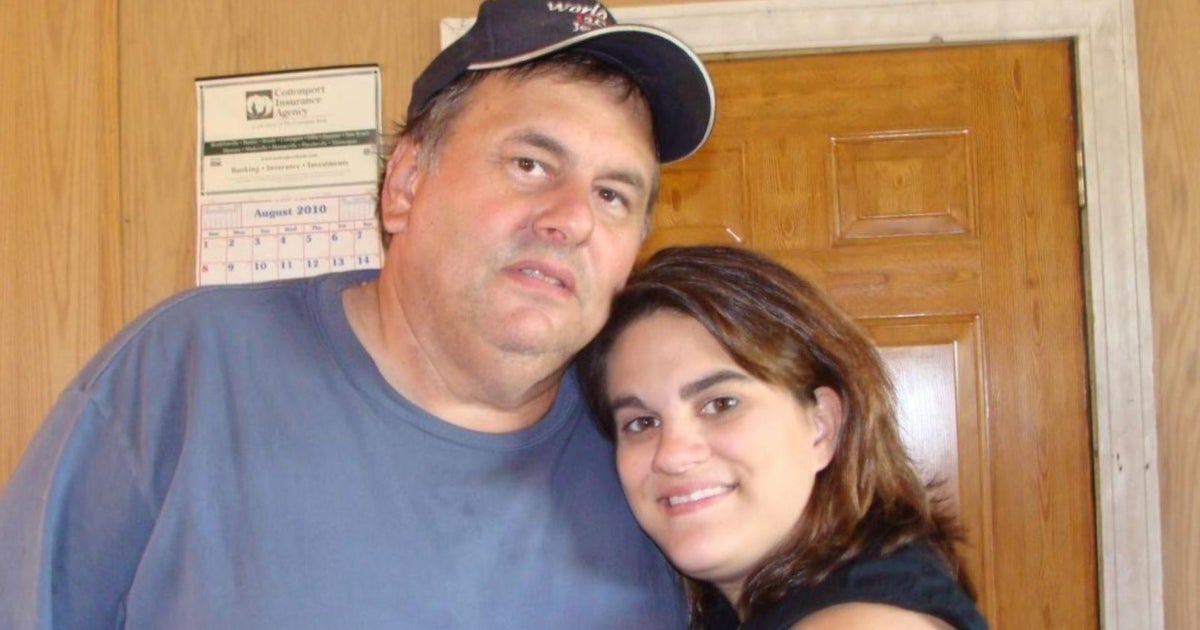Searching for Cambodia's stolen crown jewels
This week, 60 Minutes traveled to Cambodia to report on the looting of ancient artifacts from temples across the country and track their journey to prestigious museums.
Correspondent Anderson Cooper and a team visited the world-famous Khmer temple Angkor Wat, as well as several other remote temples, to investigate how this decades-long art heist was carried out.
"A lot of these temples have been heavily looted over decades, beginning in the genocide in the 1970s," Cooper explained in an interview with 60 Minutes Overtime.
In 1975, the Khmer Rouge, a radical communist group, took over Cambodia. About 2 million Cambodians were killed or starved to death under the regime.
In 1979, the Khmer Rouge lost power, but the fighting continued for decades. The instability left Cambodia's temples unprotected and vulnerable to plunder that was often carried out by former Khmer Rouge child soldiers. Priceless artifacts stolen from these temples would then end up in the hands of unscrupulous antiquities dealers.
Brad Gordon, an American lawyer hired by the Cambodian government to track down and return these treasures, calls them "blood antiquities." The trade in looted antiquities was a dangerous one that led to violence and murder.
"People were killed over these antiquities," he said. "Whenever I see a statue, I think, 'Who died to get this out of the ground, or get it out of a temple, and to move it here?'"
Gordon took Cooper and 60 Minutes to a remote temple on Sandak Mountain, one of the most heavily looted sites in Cambodia.
"It's like something out of an Indiana Jones film," Cooper said. "It's a crumbled temple...and it's completely in a forest. It's overgrown."
Cooper said signs of looting were all around. Pedestals where statues once stood littered the ground. The severed feet of statues remained where they were hacked off from the body.
During their investigation, Gordon and his team learned that Sandak Mountain may have been looted for a specific reason. Archaeologists and scholars discovered from transcriptions that enormous amounts of gold had been brought to the temple.
A breakthrough came when Gordon met a former Khmer Rouge child soldier, Toek Tik, who was codenamed "Lion" for his safety. He described finding hundreds of jars scattered throughout the site filled with jewelry like crowns, necklaces and earrings.
A prime suspect in their investigation was Douglas Latchford, a British antiquities dealer who specialized in Cambodian artifacts.
Latchford published three books, one of which was titled "Khmer Gold: Gifts of the Gods," which showed photographs of gold and jewelry that had never been seen by Cambodians before.
When Gordon showed the book to Toek Tik, he was shocked. He pored over the book with Gordon and his investigators and recognized many of the pieces he had looted, and told them where they went, leading them right back to Latchford.
Little is yet known about the jewelry and its significance, but Gordon believes that the jewelry was once worn by the kings and queens of an ancient Khmer Empire that spanned Vietnam, Laos, Cambodia and Thailand, and existed for hundreds of years.
At Angkor Wat, Gordon and one of his investigators did a side-by-side comparison of the reliefs covering the temple walls to the jewelry in Douglas Latchford's book for Anderson Cooper and the 60 Minutes team.
"And you can look at the reliefs...that show images of ancient Khmer kings from this ancient Khmer empire," Cooper explained. "And you can see what looks very similar [to], if not exactly, those same jewels."
Over several years, prosecutors for the Southern District of New York were able to build a case against Latchford for the theft of Cambodian antiquities, but Latchford died before he could be extradited from Thailand to face trial.
Gordon traveled to the U.K. to meet Latchford's daughter Julia. They ate at a pub outside of London. After lunch, she took Gordon to the parking lot, opened the trunk of a car, and started taking out ancient Khmer jewelry from Tupperware boxes.
"That's where you feel like history's larger than yourself. I just felt like, 'Wow, unbelievable that it's sitting here in a parking lot,'" Gordon told Cooper.
In a deal with the Cambodian government, Latchford's family agreed to return his entire collection, including the gold and jewelry.
The jewels were welcomed home in an elaborate ceremony with traditional blessings by Buddhist monks. Cambodians in attendance were able to see the ancient crowns, rings, earrings and necklaces in person for the first time.
Cooper asked Gordon what the return of those jewels meant for Cambodians.
"They went through genocide," he said. "I think it's restoration of national pride."
The video above was produced and edited by Will Croxton.
Photos courtesy of Thomas Cristofoletti and Getty Images.
for more features.



